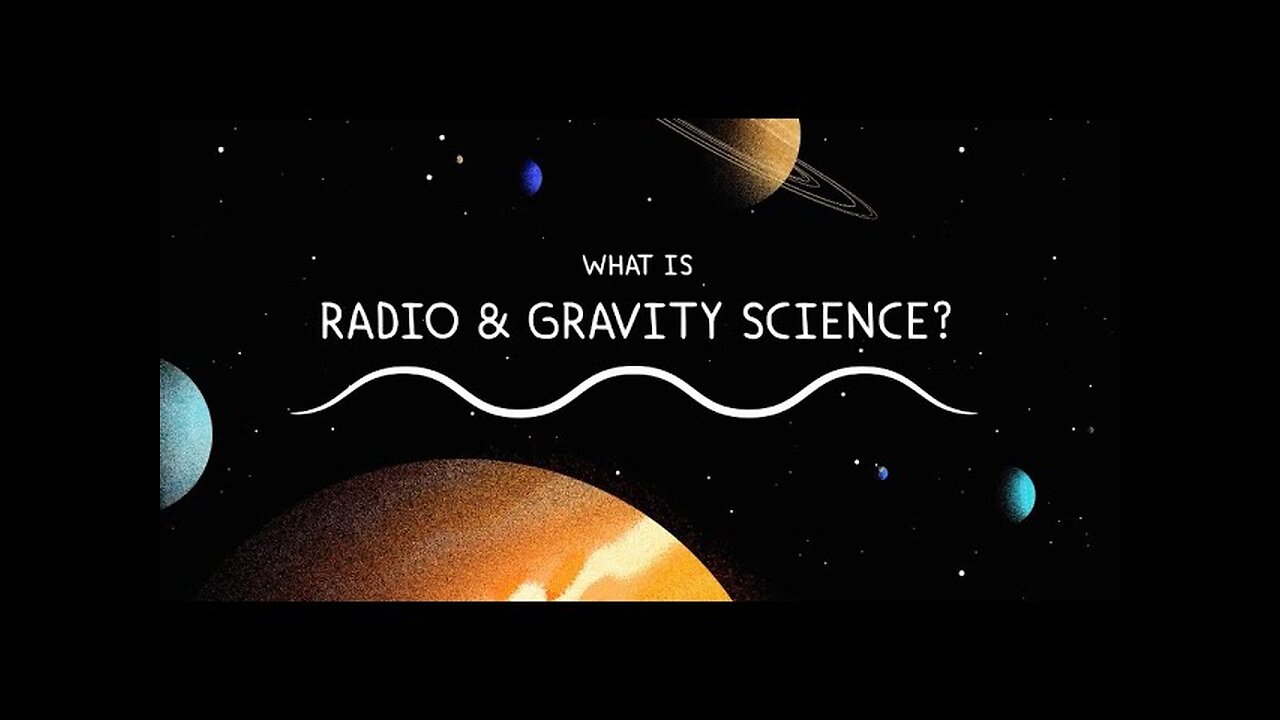Premium Only Content

How NASA Uses Gravity | TikTokraja
NASA employs various techniques and instruments to study planets and moons in our solar system, and two key methods involve the use of gravity and radio waves.
1. Gravity Assists:
Overview:
Gravity assists, also known as gravitational slingshots, leverage the gravitational pull of planets to alter and enhance the trajectory of spacecraft.
This technique allows spacecraft to gain speed or change direction without using additional fuel, making it a cost-effective method for exploring distant destinations.
How It Works:
A spacecraft approaches a planet in the direction of its orbit.
The planet's gravity pulls the spacecraft, increasing its velocity.
The spacecraft then exits the planet's gravitational field with a higher speed, adjusted according to the planet's motion.
Applications:
Voyager and Cassini missions used gravity assists to reach outer planets.
New Horizons used Jupiter's gravity to increase its speed on its way to Pluto.
2. Radio Waves for Remote Sensing:
Overview:
NASA utilizes radio waves to gather information about distant planets and moons without physically reaching them.
Remote sensing involves sending radio signals toward a target and analyzing the reflected signals to extract valuable data.
How It Works:
A spacecraft transmits radio waves towards the target.
The waves interact with the target's surface, atmosphere, or magnetic field.
By analyzing the reflected or returned signals, scientists can deduce information about the target's composition, atmosphere, and other characteristics.
Applications:
The Cassini spacecraft used radar to study the surface of Titan, Saturn's moon, through its thick atmosphere.
Radio signals help map the surfaces of planets like Mars, providing insights into topography and geological features.
3. Combining Techniques:
NASA often combines gravity assists and radio wave studies in mission planning.
For example, a spacecraft might use gravity assists to reach its destination efficiently and then employ remote sensing techniques like radar to study the target in detail.
By employing these methods, NASA maximizes the scientific return from its missions while optimizing fuel usage and mission efficiency in the vast reaches of our solar system.
-
 1:39:44
1:39:44
HELMET FIRE
12 hours agoDEADROP IS BACK!
137K8 -
 10:03
10:03
Tundra Tactical
14 hours ago $14.84 earnedBrandon Herrera Vies Bid for ATF Director!
87.7K15 -
 22:01
22:01
DeVory Darkins
1 day ago $35.30 earnedHakeem Jeffries SHUTS DOWN The View as Matt Gaetz Speaks out
77.1K126 -
 2:02:54
2:02:54
Mally_Mouse
13 hours agoLet's Play!! - Spicy Saturday
57.2K2 -
 1:33:06
1:33:06
Slightly Offensive
13 hours ago $29.98 earnedAre You Ready for What's Coming Next? | Just Chatting Chill Stream
74.5K40 -
 32:10
32:10
MYLUNCHBREAK CHANNEL PAGE
1 day agoThe Gate of All Nations
146K63 -
 13:07
13:07
Sideserf Cake Studio
18 hours ago $3.82 earnedIS THIS THE MOST REALISTIC SUSHI CAKE EVER MADE?
63K4 -
 21:08
21:08
Clownfish TV
1 day agoElon Musk Tells WotC to BURN IN HELL for Erasing Gary Gygax from DnD!
50.6K16 -
 48:22
48:22
PMG
13 hours ago $11.29 earned"IRS Whistleblowers Speak Out on Biden Family with Mel K In-Studio"
40.7K25 -
 2:59
2:59
BIG NEM
15 hours agoLost in the Wrong Hood: Who Do I Check In With?
30.8K2